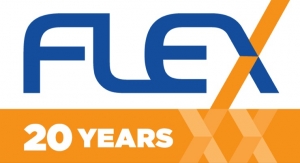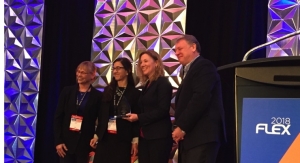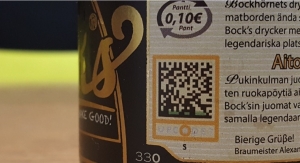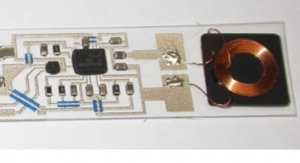03.21.18
PARC, a Xerox company, announced it has been selected, in partnership with University of Wisconsin-Madison, by DARPA, for a project in the Engineering Fundamental Design (FUN DESIGN) program.
DARPA, whose mission is to identify and pursue high-risk, high-payoff research initiatives for national security across a broad spectrum of science and engineering disciplines, announced the first programs under its new Disruptioneering effort in August 2017. The new program pushes for faster identification and exploration of bold and risky ideas with the goal of accelerating scientific discovery.
Existing conceptual design tools are informal, do not map to topology, and cannot search design space systematically. This project aims to change that, and begins by answering questions like, for example, “what do new designs for an aircraft that combines design elements of a helicopter and a plane look (and fly) like?” As this smart system designs a complicated mechanical system, the software will also model how well each design will fly in the real world, understanding components, safety, functionality, and other important aspects of the aircraft.
To advance the goal of the program, PARC and UW-Madison will develop Design by Function-sharing thrOugh Compositional qUalitative Synthesis (D-FOCUS), an entirely new mathematical framework for systematic conceptual design of complex mechanical assemblies such as vehicles and aircraft.
This advancement in science will enable the systematic search for a topological layout (i.e., structure or form) that fulfills functional requirements that can be instantiated into models to generate preliminary, detailed, and optimal designs. By automating significant portions of the design process, the human designer can explore a substantially broader design space with a deeper understanding about the advantages and limitations of design choices they make.
“Integrating functional, behavioral, topological and geometric reasoning in one framework will revolutionize future design tools,” said Johan de Kleer, lead on this project and AI expert in Qualitative Reasoning, Model-Based Diagnosis and Design.
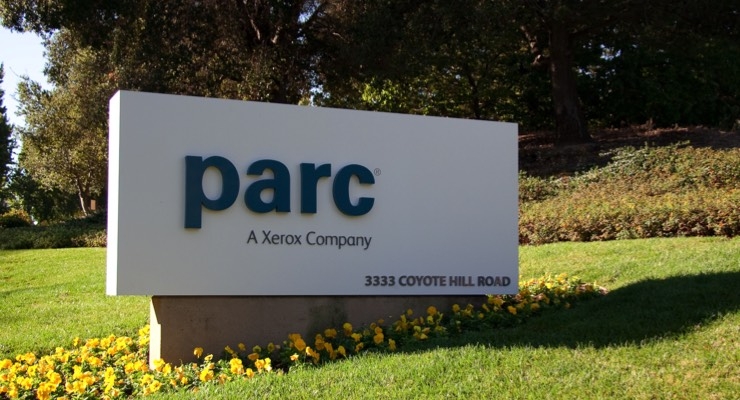
Source: PARC
DARPA, whose mission is to identify and pursue high-risk, high-payoff research initiatives for national security across a broad spectrum of science and engineering disciplines, announced the first programs under its new Disruptioneering effort in August 2017. The new program pushes for faster identification and exploration of bold and risky ideas with the goal of accelerating scientific discovery.
Existing conceptual design tools are informal, do not map to topology, and cannot search design space systematically. This project aims to change that, and begins by answering questions like, for example, “what do new designs for an aircraft that combines design elements of a helicopter and a plane look (and fly) like?” As this smart system designs a complicated mechanical system, the software will also model how well each design will fly in the real world, understanding components, safety, functionality, and other important aspects of the aircraft.
To advance the goal of the program, PARC and UW-Madison will develop Design by Function-sharing thrOugh Compositional qUalitative Synthesis (D-FOCUS), an entirely new mathematical framework for systematic conceptual design of complex mechanical assemblies such as vehicles and aircraft.
This advancement in science will enable the systematic search for a topological layout (i.e., structure or form) that fulfills functional requirements that can be instantiated into models to generate preliminary, detailed, and optimal designs. By automating significant portions of the design process, the human designer can explore a substantially broader design space with a deeper understanding about the advantages and limitations of design choices they make.
“Integrating functional, behavioral, topological and geometric reasoning in one framework will revolutionize future design tools,” said Johan de Kleer, lead on this project and AI expert in Qualitative Reasoning, Model-Based Diagnosis and Design.

Source: PARC

